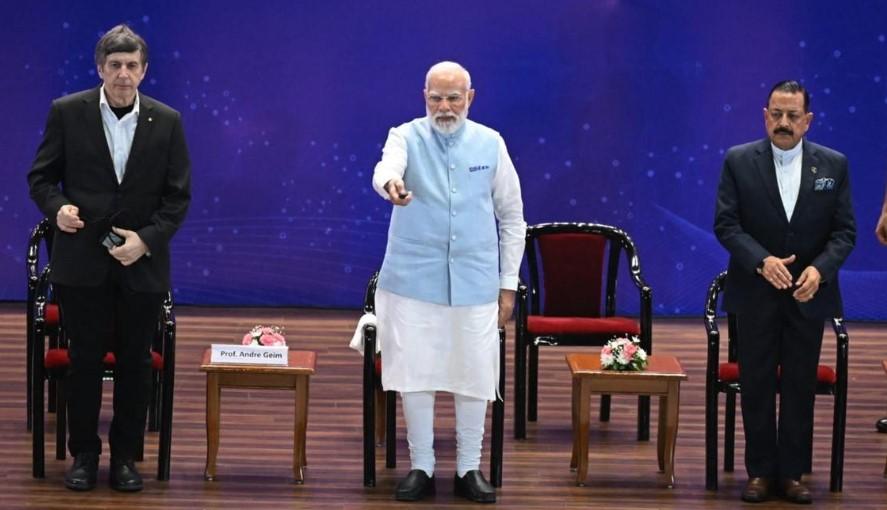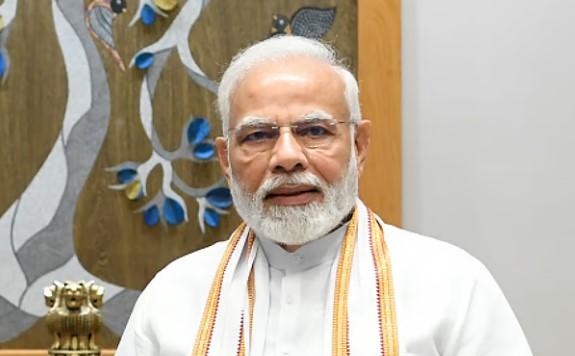Air Chief Marshal AP Singh, chief of the Indian Air Force, on Saturday revealed that the Indian military destroyed at least five Pakistani fighter jets and at least one large aircraft during Operation Sindoor.
Speaking at an event at the Hindustan Aeronautics Ltd (HAL) Management Academy, he described the downing of the large aircraft at a distance of around 300 kilometres as the largest recorded surface-to-air kill to date.
Damage to Pakistan’s defence infrastructure
The IAF chief detailed further strikes against Pakistan’s defence capabilities, including the destruction of two command and control centres at Murid and Chaklala, and the targeting of six radar installations of various sizes.
Additionally, two Surface-to-Air Guided Weapon (SAGW) systems located in Lahore and Okara were hit. Three key hangars were also damaged: the Sukkur UAV hangar, the Bholari hangar, and the Jacobabad F-16 hangar. Intelligence indicates at least one AEW&C aircraft and several F-16s undergoing maintenance were present in the latter facility.
Regarding Sargodha air base, Singh said: "We have grown up in our Air Force dreaming about days like this. Someday we get a chance. Just so happens that I got a chance before my retirement. We attacked the airfield that we had the very hard info on the F-16s."
'Ghost of Balakot' put to rest
However, ACM Singh expressed regret that the armed forces were not able to convince some people in the country regarding the damage inflicted on terrorist camps during the 2019 Balakot airstrike, despite possessing human intelligence about the same.
"In Balakot, we could not get anything from inside, and it became a big issue trying to tell our own people, unfortunately, as to what we have been able to achieve," he said, adding "We had intelligence (human kind of intelligence) on what had gone on inside, where we had a very clear picture of the inside in terms of there having been huge damage. There have been so many terrorists who have been neutralised, but we could not convince our own people that, look, we have achieved that."
He noted that similar questions would likely have been raised had there been a lack of video evidence for Operation Sindoor.
"Things like this would have given us the same problem (regarding Operation Sindoor). However, we were lucky that we got these videos in the open. So, I'm very happy that this time we were able to take care of that ghost of Balakot, and we were able to tell the world what we have achieved," the Air Chief Marshal said.
Political backing made the difference
Air Chief Marshal Singh also credited the political leadership for their clear backing of Operation Sindoor, saying no restrictions had been imposed on the military regarding what action to take.
"A key reason for success was the presence of political will. There was very clear political will and very clear directions given to us. No restrictions were put on us... If there were any constraints, they were self-made. The forces decided what the rules of engagement would be. We decided how we wanted to control the escalation. We had full freedom to plan and execute," he said.
He also elaborated about how the Chief of Defence Staff (CDS) organised all three armed forces- the Army, Navy and Air Force-to coordinate with each other.
"There was a synchronisation between the three forces... The post of CDS made a real difference. He was there to get us together. NSA also played a big role in getting all the agencies," he said.
India’s red line against terror
Operation Sindoor was launched on May 7 as a military response to the Pahalgam terror attack on April 22, which killed 26 civilians. The operation targeted terror infrastructure within Pakistan and Pakistan-occupied Jammu and Kashmir, reportedly eliminating over 100 terrorists linked to groups such as Jaish-e-Mohammed, Lashkar-e-Taiba, and Hizbul Mujahideen.
Following India’s offensive, Pakistan retaliated with cross-border shelling along the Line of Control and Jammu and Kashmir, as well as attempted drone strikes. India responded with coordinated strikes that damaged radar facilities, communication centres, and airfields across eleven Pakistani airbases, including the Nur Khan air base.
Ceasefire after four days
With fears of the conflict escalating, Western powers, particularly the US, intervened, with Vice President JD Vance and Secretary of State Marco Rubio speaking to both sides.
The conflict halted four days later, when Pakistan’s Director General of Military Operations called his Indian counterpart to offer a ceasefire. India agreed to stop further military action.
Prime Minister Narendra Modi has since said Operation Sindoor is not yet over and that India will treat any future act of terror as an act of war and will respond appropriately.



